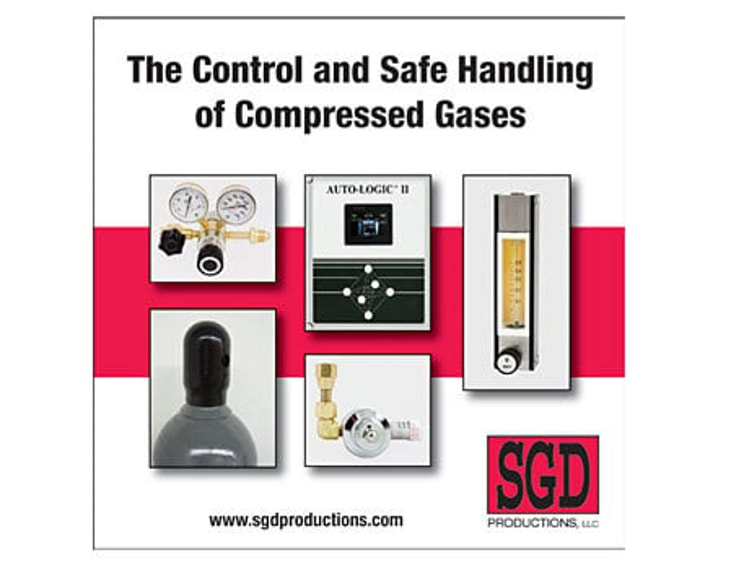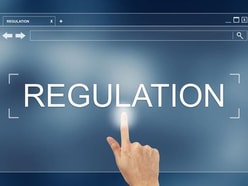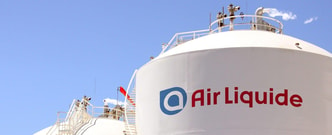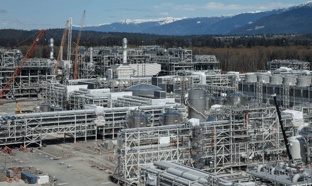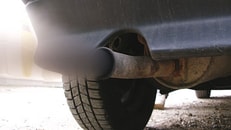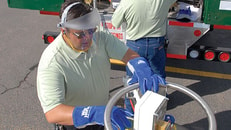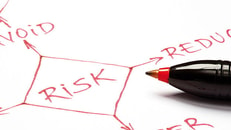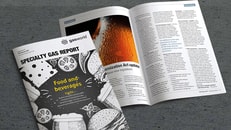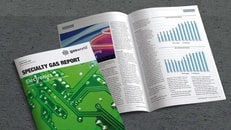Safe handling of compressed gases: training is an important responsibility
Specialty gas equipment supplier SGD, Inc. has created a two-disc training video to help ensure that you and your employees fully understand the basic principles of handling and controlling compressed gases and cryogenic liquids.
Before we are allowed to drive a car, we are required to prove our ability to drive. To become a proficient and safe driver, one must have skill, judgment, and driver education. We do not always consider that we are performing a hazardous operation by driving a car; yet every day many people are killed or hurt as a result of careless driving.
“Although the safety record of the compressed gas industry is excellent, the questions asked by gas users, our customers, and the accidents involving these users of gas products make it clear that many of them have neither learned nor applied the safety measures that would earn them their ‘license’ for handling compressed gases,” says Frank Scornavacca, president of specialty gas equipment supplier SGD, Inc. “When handled by personnel who are properly trained and aware of the potential hazards, compressed gases are as safe to work with as most ordinary chemical liquids and solids used daily in any laboratory,” he adds. “It is our responsibility to train our customers to handle our products safely.”
Hazards
Scornavacca points out that compressed gas handling must be considered more hazardous than handling liquid and solid materials because of gases’ unique properties: pressure, diffusivity, low flash points for flammable gases, low boiling points, and no visual and/or odor detections for many hazardous gases. Hazards may arise from equipment failure and leakage from systems that are not pressure-tight. Improper pressure control may cause unsafe reaction rates due to poor flow control. Diffusion of leaking gases may cause rapid contamination of the atmosphere, giving rise to toxicity, anesthetic effects, asphyxiation, and explosive concentrations of flammable gases forming rapidly. The flash point of a flammable gas under pressure is always lower than ambient or room temperature. Leaking gas can quickly form an explosive mixture with air.
... to continue reading you must be subscribed

